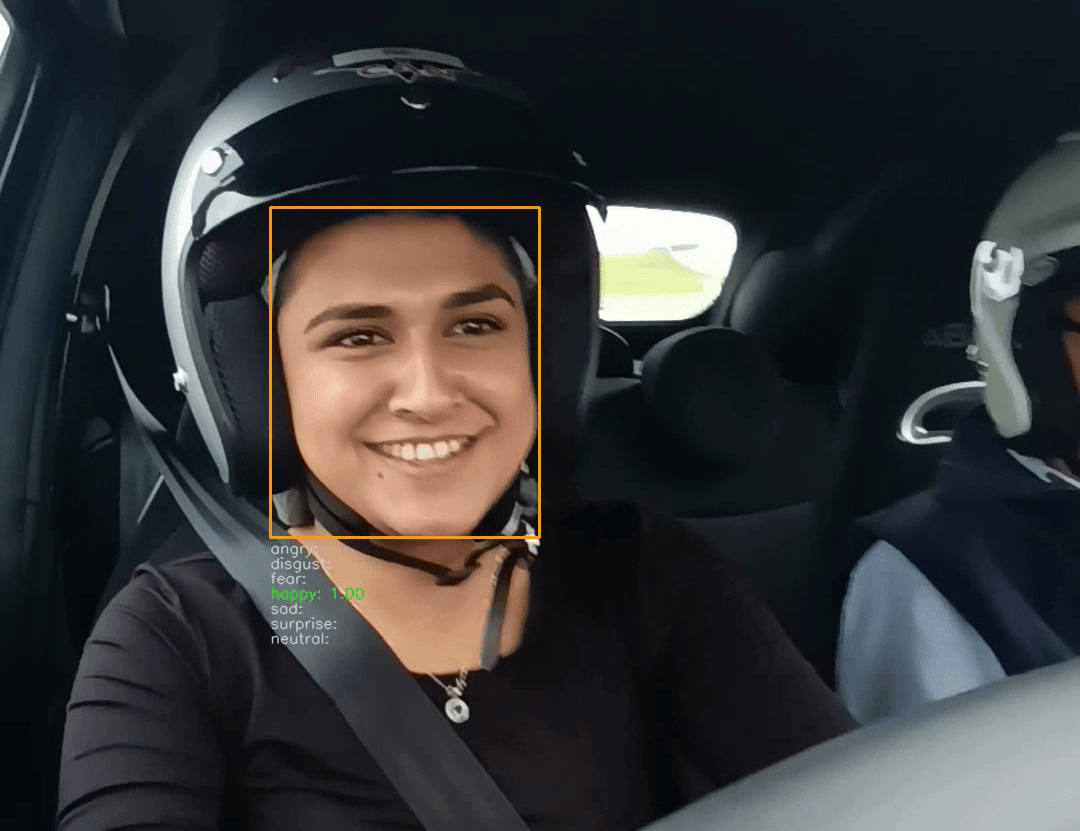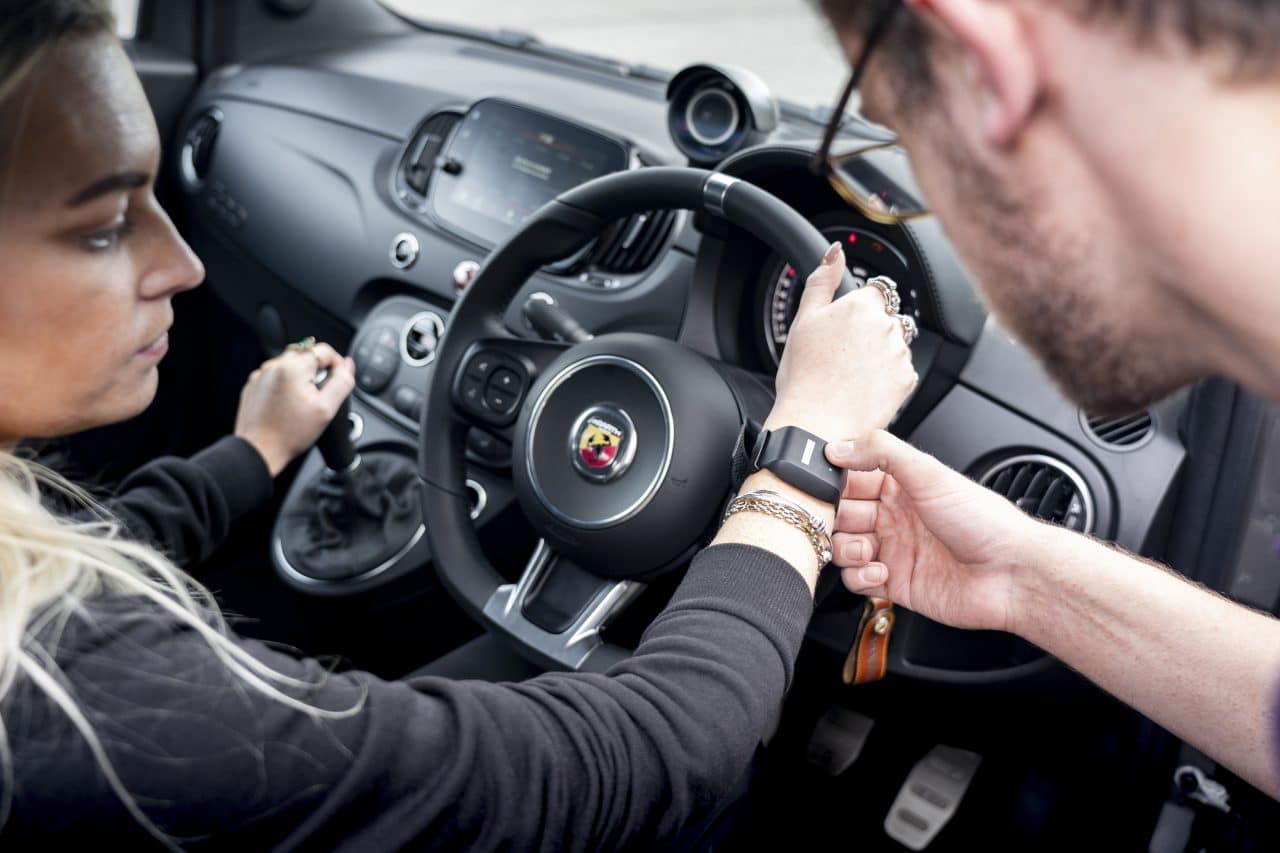Abarth is using facial recognition technology to measure the emotions experienced when driving or riding as a passenger in a vehicle. Facial recognition technology detects a wide variety of emotions via your facial expressions, and Abarth is the first automotive manufacturer to attempt the experiment.

The study was conducted by Dr. Dale Esliger from Loughborough University, with participants driving hot laps, precision driving tasks, and chase scenarios at Mallory Park racetrack in Abarth F595, 595 Esseesse and 595 Competizione vehicles. Emotions like happiness, fear and excitement were then measured as passengers were driven by professional drivers.
According to the study, the prominent feeling was happiness both from behind the wheel (31.8%) and as a passenger (35.4%). With professional drivers behind the wheel pushing the car to the limit, participants experienced short bursts of fear and shock (11.9%)
“The constellation of biometric equipment that we used allowed us to accurately detect an array of emotions that were experienced when driver’s and passenger’s get into an Abarth, while detecting the most prominent emotion during the respective driving activities,” Dr. Dale Esliger said.

To conduct the study, state-of-the-art facial recognition technology was used with two heart rate sensors, electrocardiogram (ECG) and photoplethysmography (PPG). The data was then evaluated with DeepFace Python library and Facial Emotion Recognition library.
“Research within this remit is limited,” said Dr. Dale Esliger. “However, I suspect it will be an area within the automotive industry that will continue to be explored, as manufacturers strive to improve the driving experiences of their cars.”
This study resonates with me, and hopefully I can get closer to the baseline from the experiment. I recently explained to my son that driving to me is often a chore of transportation and dealing with traffic. It’s not fun sitting in traffic during my daily commute beyond listening to a Bomani Joneyous podcast, and I am curious to know how I would test in this situation. That said, my Mini Cooper on a twisty two-lane road makes me happy and excited, but I haven’t been able to quantify that experiment beyond knowing it’s hella dope … upon second though, I don’t think “hella dope” is a clinical term, but my fellow drivers should understand what I mean.






Yes, I owned 2 Fiat 500. One Abarth and one convetible. Wish I still had them both. Ohwell.